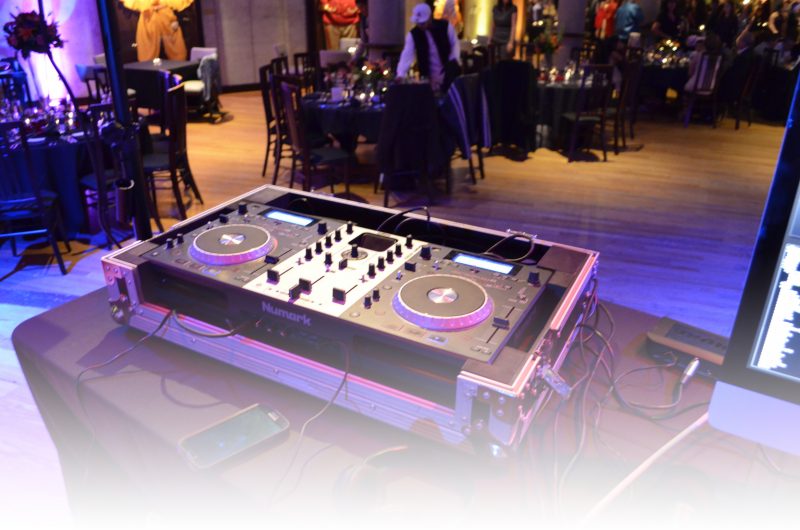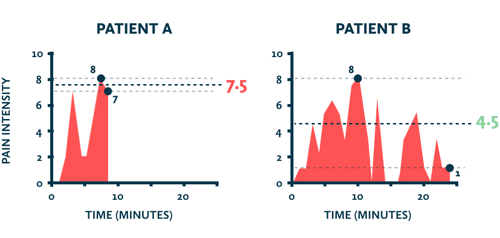Designing for Memory by Ángel López
Posted on December 6, 2016
One of my favorite jobs was a disc jockey (DJ). For six years I choreographed music for dozens of people who unified their love through marriage as well as countless private parties. I was able to celebrate with people from diverse backgrounds ranging from Korean, Italian, Peruvian, Jewish, Mexican, and many more. My love for music was used as a focal point in moments of celebration. Wedding ceremonies are one of the most delicate occasions in one’s life as it is meant to be remembered by all in attendance and an important form of union between people who love each other. The role as a DJ seems minimal and simplistic, but my experience required service design as a method to provide a memorable experience.
As the DJ of a wedding ceremony, I had to do my homework before the event. My work was beyond mixing music tempos and trendy music, but more about progressive stages of design. I began by building a relationship with clients, the bride and groom for example. I learned about their likes and dislikes of music without asking for a specific songs or genres. I would ask about their birthplace, where they were raised, where did they went to college, how did the couple meet, and so on. The information would start to give me an idea of the type of music persona they were. My research would go further, by getting to know their occupation as well as their family. The preliminary research helped build a creative playlist that would engage diverse generations the day of the event.
The day of the wedding event, it is like a performative art installation. While the DJ is not the most important person, the DJ manages the microphone and the sound. Two powerful tools that are used for direction and transition. Therefore, it was up to me to choreograph transition points throughout the night. Such as when the photographer should be ready for certain photos, when the service staff should bring out the entrees and dessert, or when the room needs to be dimmed. The amount of details can be elaborated into specifics, but the overall idea is beyond just putting a show or providing entertainment. Not to mention, the human relationship of connecting with a client such as reading body language to understand the need to transition music rhythms or simply talking to the client about their needs.
It seems like a wedding event is an experience, but it goes beyond that. It is about an opportunity to create a memory in someone’s life. So how can we design for memory? In an article posted by Smashing Magazine, User Memory Design: How to Design for Experiences That Last by Curt Arledge, we can identify references to psychology that can help us understand how designing for memory works. Arledge uses an example of two patients having gone through surgery. The measurement of their pain experience is obvious as seen in the figure below. But what Arledge summarizes is that the experience that the patient remembers is the most intense moment the last moment. At first glance, Patient A seems to have had the better experience, but the medium average of the pain experience expresses otherwise. The last moment in the surgery differentiates significantly.
Figure 1. Pain experience between two patients, Smashing Magazine.
How can the pain experience be defined further? Nobel prize winning psychologist, Daniel Kahneman, expresses “peak-end rule” as the “rough average and most intense moment (the peak) and the final moment (the end). The amount of time passed has no importance as it is defined as “duration neglect.” If Arledge’s example is not enough, examining other experiences can also help. For example, break-ups between relationships may have endured a time frame, but in the end, it is mostly about the peak times and the last experience between both parties. After any experience, everyone forgets the noise within the experience as highlighted by Arledge.
In a more serious example, the 9/11 Museum of New York City is a great example of designing for memory. In a post by the American Psychological Association, Anna Miller writes her article, Memorializing a Tragedy, by reliving the tragedy and describing the challenging process of designing a museum with loss and trauma involved. The creative team was very sensitive to the potential visitors as they would consist of victim’s family, Americans, and international visitors. Despite being hesitant of content, it was necessary to tell the obvious aggressive side of the 9/11. The visual experience of photos, maps, videos, etc. gives people the experience to relive a memory, but most importantly, the opportunity of honoring and remembrance.
Taken all the examples given, how can we design for memory? How can we contribute to an everlasting experience? What significant roles are designers already doing now that contributes to building memory? How can other disciplines contribute to creating memory through experience?
Ángel López
Transdisciplinary Design
References:
https://www.smashingmagazine.com/2016/08/user-memory-design-how-to-design-for-experiences-that-last/
